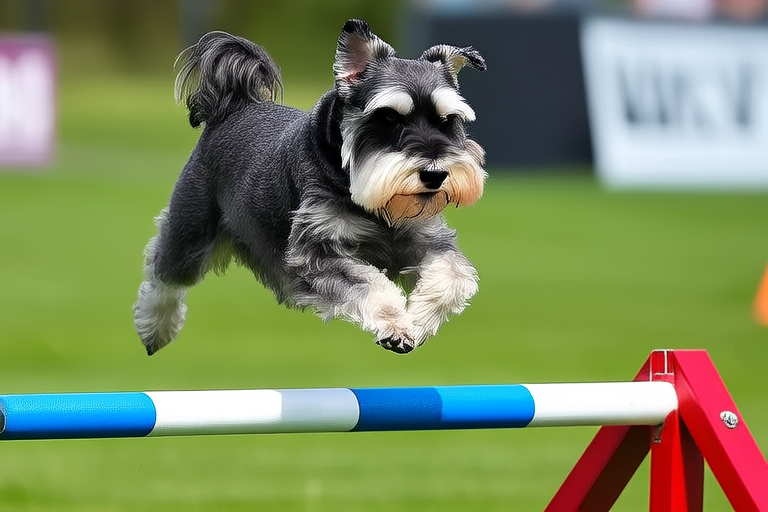
The Ultimate Guide to Living with a Schnauzer: Tips and Tricks
Understanding Schnauzer Temperament
Schnauzers are known for their lively and spirited personalities. They are intelligent, alert, and can be quite protective of their families. This breed has a strong sense of loyalty and is generally good with children. However, their energy levels can sometimes be high, which means they require regular stimulation to prevent boredom-related behaviors.
Real-life example: Sarah, a schnauzer owner, notes that her dog’s protective nature saved her from an unexpected threat. “He barked loudly when he saw someone suspicious near our home,” she says. This shows how schnauzers can serve as excellent watchdogs.
Dietary Needs
Feeding your schnauzer a balanced diet is crucial for maintaining its health. Opt for high-quality dog food that lists meat as the primary ingredient. Avoid foods rich in fillers and artificial preservatives. Schnauzers are prone to pancreatitis, so it’s important to limit their intake of fatty foods.
Expert advice: Dr. Emily Thompson, a veterinarian, recommends feeding schnauzers smaller meals throughout the day rather than one large meal. “This helps maintain their energy levels and prevents digestive issues,” she explains.
Grooming Requirements
Schnauzers have a distinctive double coat that requires regular maintenance. Their coats can become wiry and need professional grooming every four to six weeks. At home, you can help by brushing them weekly and trimming their nails regularly. Be sure to check their ears for any signs of infection and clean them gently.
Practical tip: Use a slicker brush for daily brushing sessions. It will help remove loose hair and prevent matting.
Exercise Essentials
Schnauzers are energetic dogs that need plenty of physical activity. Daily walks, playtime in the yard, and interactive games like fetch are great ways to keep them active. Mental stimulation is equally important; consider puzzle toys or obedience training sessions.
Real-life example: John, a schnauzer owner, takes his dog to the park three times a week. “It’s a great way for him to socialize and burn off excess energy,” John says.
Training Techniques
Training a schnauzer can be both challenging and rewarding due to their intelligence and independent nature. Positive reinforcement methods work best. Reward good behavior with treats, praise, and affection. Consistency is key; make sure all family members use the same commands and rewards.
Expert advice: Karen Johnson, a dog trainer, suggests starting with basic commands such as ‘sit’, ‘stay’, and ‘come’. Once your schnauzer masters these, you can move on to more advanced tricks.
Health Considerations
Schnauzers are generally healthy dogs but can be susceptible to certain genetic conditions. Regular veterinary check-ups are essential for early detection of potential health issues. Common problems include diabetes, hip dysplasia, and skin allergies.
Practical tip: Keep a journal of your schnauzer’s health history, including vaccinations, medications, and any treatments received. Share this information with your vet during appointments.
Advice for Integrating a Schnauzer into a Family or Household
Introducing a new schnauzer to your home requires careful planning. Ensure that your living space is safe and free of hazards before bringing your new pet home. Gradually introduce the dog to family members, especially young children, under supervision. Teach everyone how to handle the schnauzer gently and respect its personal space.
Real-life example: Lisa, a schnauzer owner, shares her experience. “We introduced our dog to our two-year-old step-by-step. We started with short visits and gradually increased the time spent together until they became comfortable with each other.”






